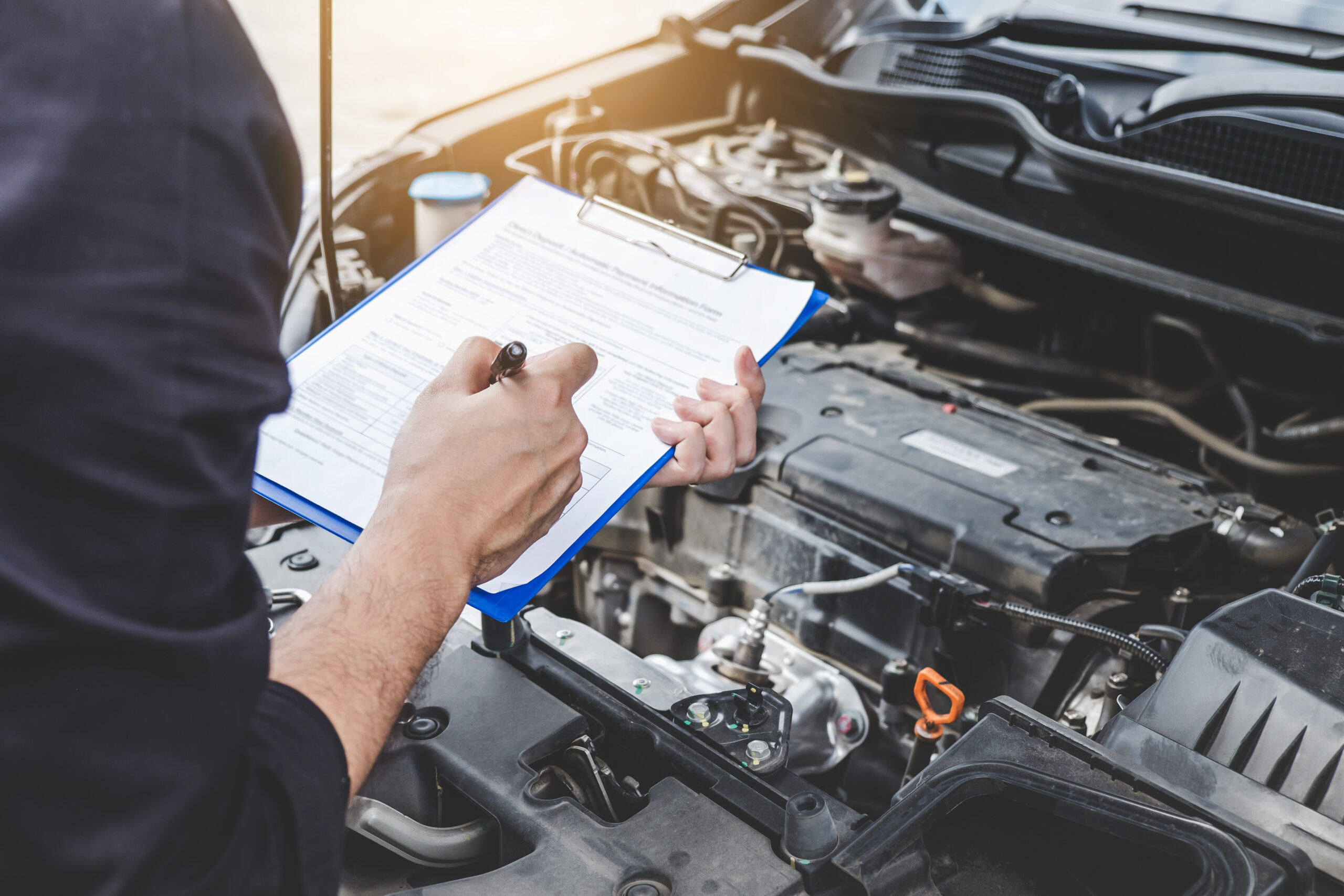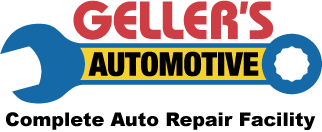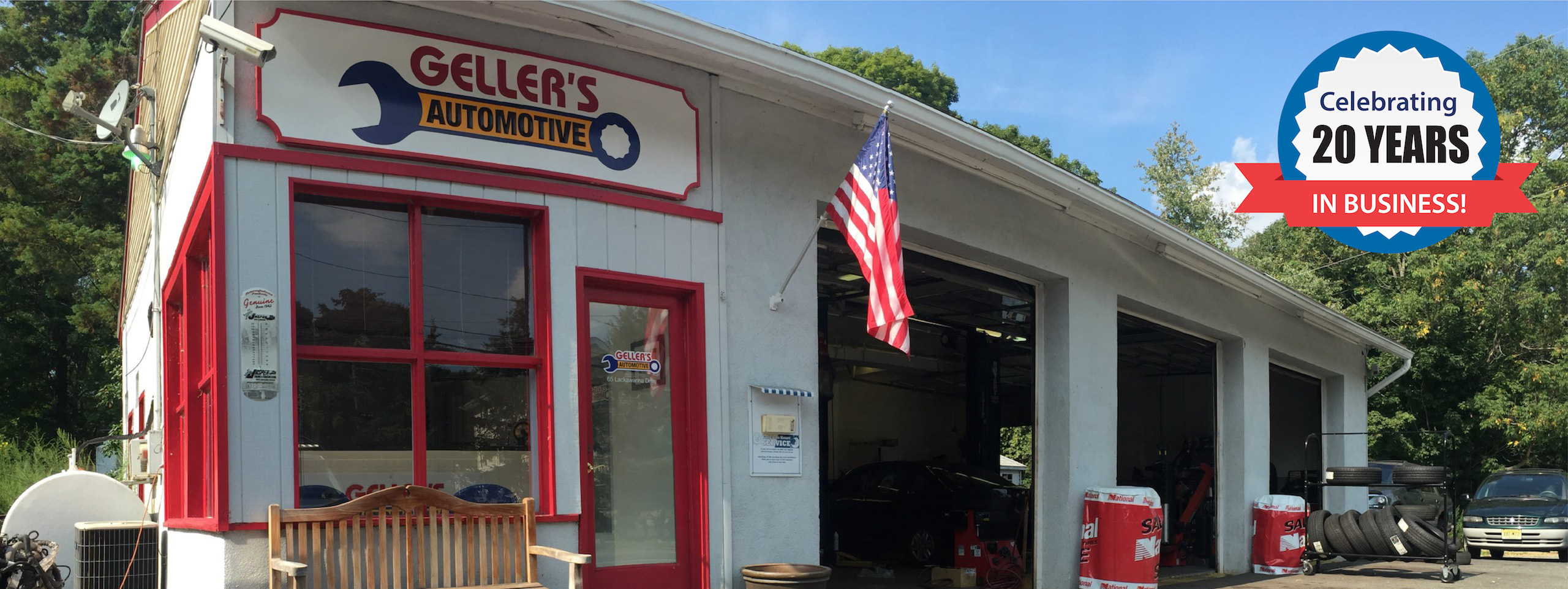
As today’s economy and creeping inflation is impacting everything we purchase, it is more important for vehicle owners to keep their vehicle well-maintained to avoid the high cost of repairs. However, keeping your vehicle maintained should not be about just getting a ten-minute oil change or checking the tire pressure at the local 7-Eleven. There are several maintenance items that are typically overlooked until a bigger problem emerges. In this month’s blog, we outline six maintenance items that you should add to your ongoing vehicle maintenance routine.
Let’s first start with two important fluids – the brake and power steering. Both fluids are vital to the operation of critical vehicle systems, and when ignored they may pose a safety risk.
Brake Fluid
Your brakes function through a hydraulic process where when you depress the brake pedal, the brake fluid uses pressure in the lines to enable the braking components to slow or stop the vehicle in motion. Your vehicle requires a specific amount of brake fluid to function properly but a reduction in fluid may be the result of a leak in your brake lines. If brake fluid is low, or the quality of the fluid is degraded over time, your braking system will malfunction. One of the most common signs of low brake fluid is a soft pedal – meaning, the brake pedal has some cushion or “play” when depressing it and is not firm under your foot.
Brake fluid should be replaced at least every three years. Consult with your vehicle owner’s manual for specifics on checking your brake fluid.
Power Steering Fluid
Like the brake fluid, power steering fluid is critical to the functioning of a hydraulic power steering system. This fluid lubricates the steering system components, while also assisting with the ease of operation in the steering process. If your power steering fluid is low, it may be a sign of a leak. Leaks are important to address because low fluid can lead to other problems within the vehicle. The power steering fluid is typically red, pink, or amber and easy to spot if it is leaking beneath your vehicle. Once it begins to darken or foam, it is necessary to flush and replace it in the system.
Power steering fluid should be replaced at least every five years, or 50,000 miles driven. Consult with your vehicle owner’s manual for specifics on checking your power steering fluid.
Tire Rotation
While most drivers regularly ensure that their tires are inflated properly, they tend to neglect other maintenance items involving the tires and wheels.
Tire rotation is a simple yet overlooked task. There are important reasons to keep your vehicle tires rotated, which include:
- Ensuring that tread wear is even; uneven treads reduce the overall driving performance and handling.
- Using the rotation as an opportunity to balance the tires if you are experiencing any vibration from the tires.
- Ensuring that front-wheel drive tires are rotated, since these tires typically wear down faster.
You should have your tires rotated every 5,000 miles driven, which you can easily time with an oil change.
Wheel Alignment
In our everyday driving, we encounter a variety of road hazards such as speed bumps, potholes, curbs, and road debris. These hazards may impact the alignment of your vehicle’s wheels – in other words, the direction that they are facing. When wheels are aligned, they are all facing in the same direction and positioned properly within the wheel well. If they are not aligned, you may experience a variety of signs, including:
- Steering wheel vibration
- Uneven tire wear
- Pulling of the vehicle to one direction
A wheel alignment corrects the position of your tires and can be beneficial for improving your gas mileage, extending the life of your tires, keeping your steering and suspension systems working properly, and providing an overall smoother ride. It is advisable to have a wheel alignment done at least yearly.
Wiper Blades
Windshield wipers are often neglected until they are needed to keep the windshield free from rain or icing conditions. Before they get into a deteriorated condition and pose a safety risk, make sure to replace the blades.
Because blades are made from synthetic rubber material, they may crack, tear, break, or fall apart from extreme heat and cold. Have them checked when doing your regular maintenance, and make sure to replace any rear blades as well. If you want to be safe, keep a spare set in the trunk of the vehicle for replacement when it is needed.
Cabin Air Filter
Your vehicle’s cabin air filter is used to maintain the quality of the air inside the vehicle. Like the filters used in an HVAC system, the cabin filter keeps dirt, dust, and pollen from entering and circulating within the heating and cooling system. Over time, your cabin air filter may become clogged from the dust and debris, and this could eventually impact the motor or vents in the cooling/heating system.
Consult with your vehicle owner’s manual on replacing the filter. In many vehicles, you can access the filter from the glove box in your vehicle. Filters do not need to be replaced as often as the filter in your HVAC; however, you may want to inspect it annually and replace it every 15-30K miles driven.
Vehicle maintenance is part of vehicle ownership. If you currently neglect your vehicle’s maintenance, give us a call at Geller’s Automotive to talk to us about setting up a regular maintenance schedule. We can advise you on the different maintenance checks that need to be performed throughout the lifecycle of your vehicle.



